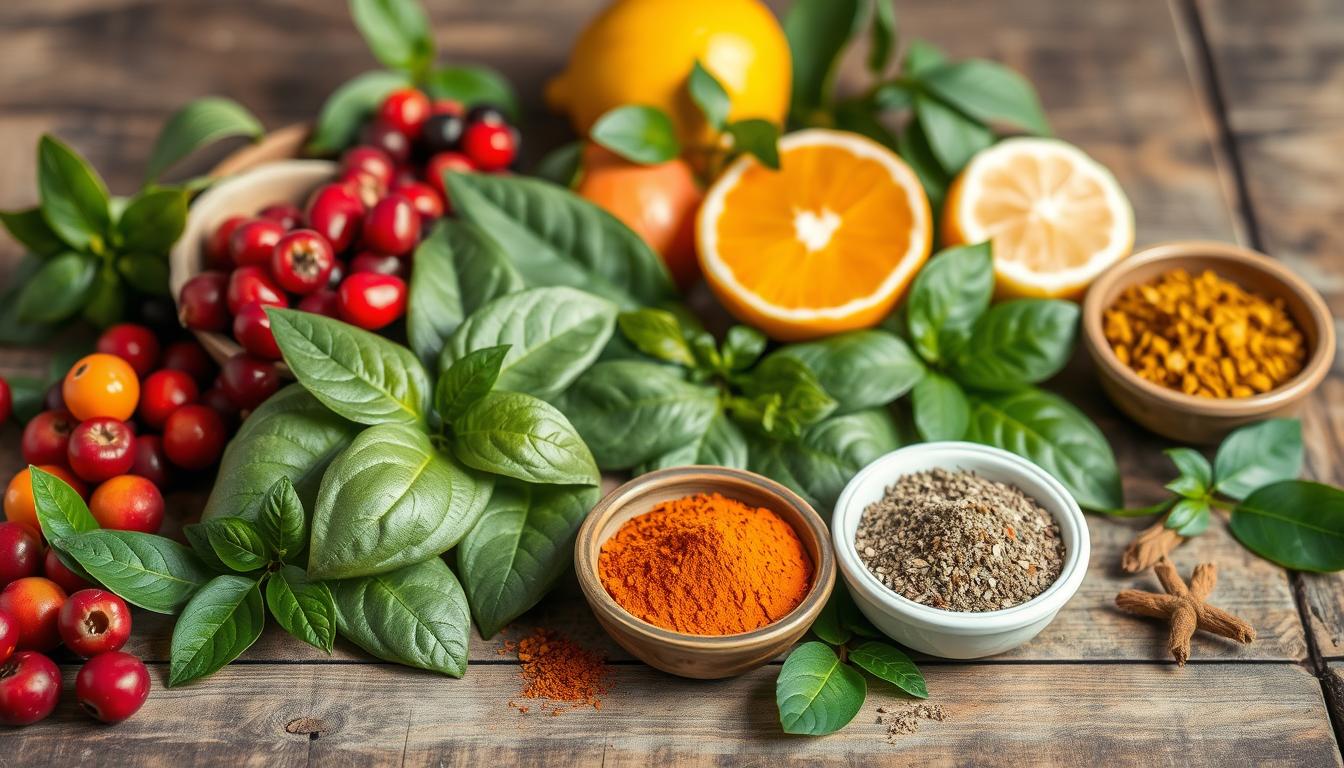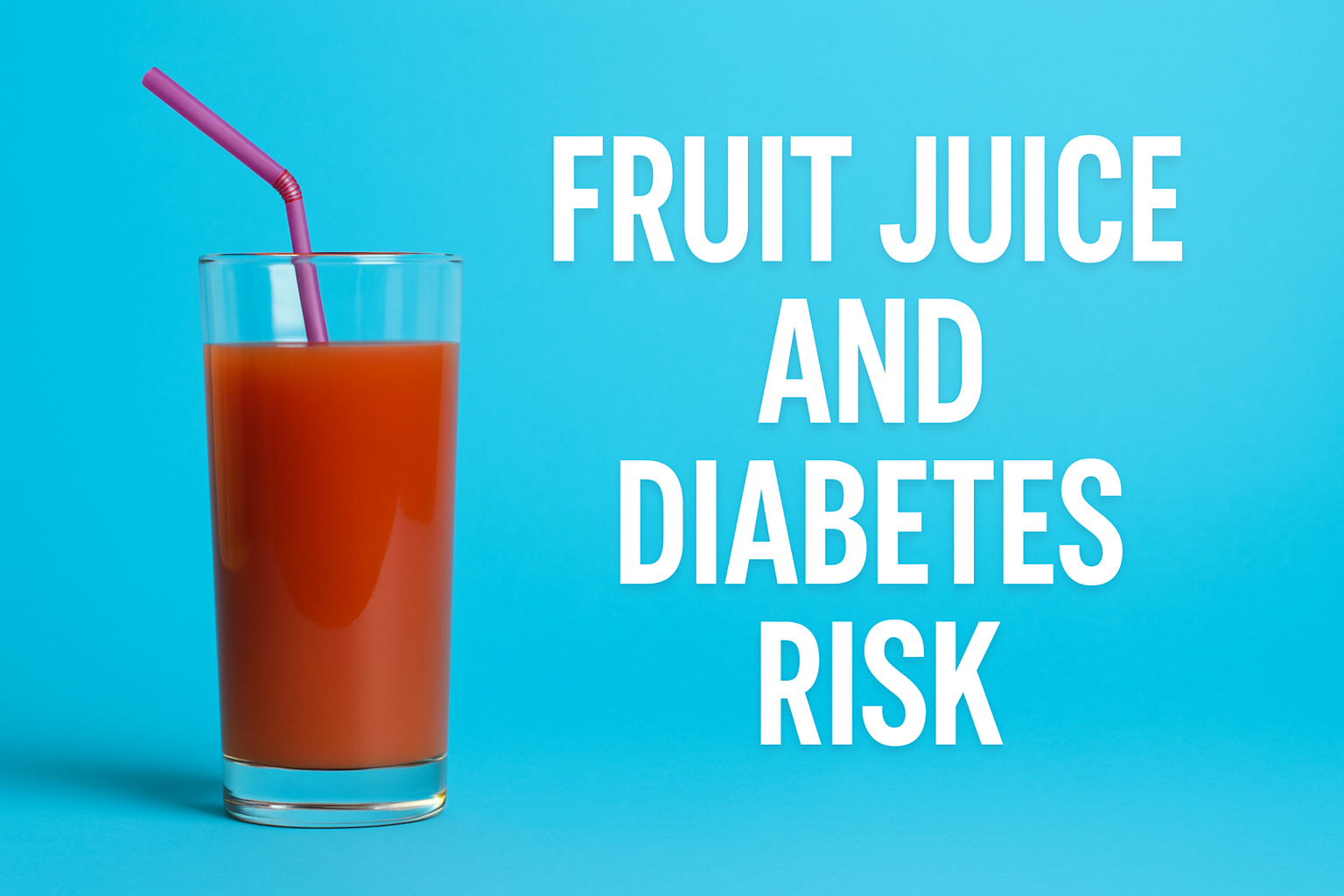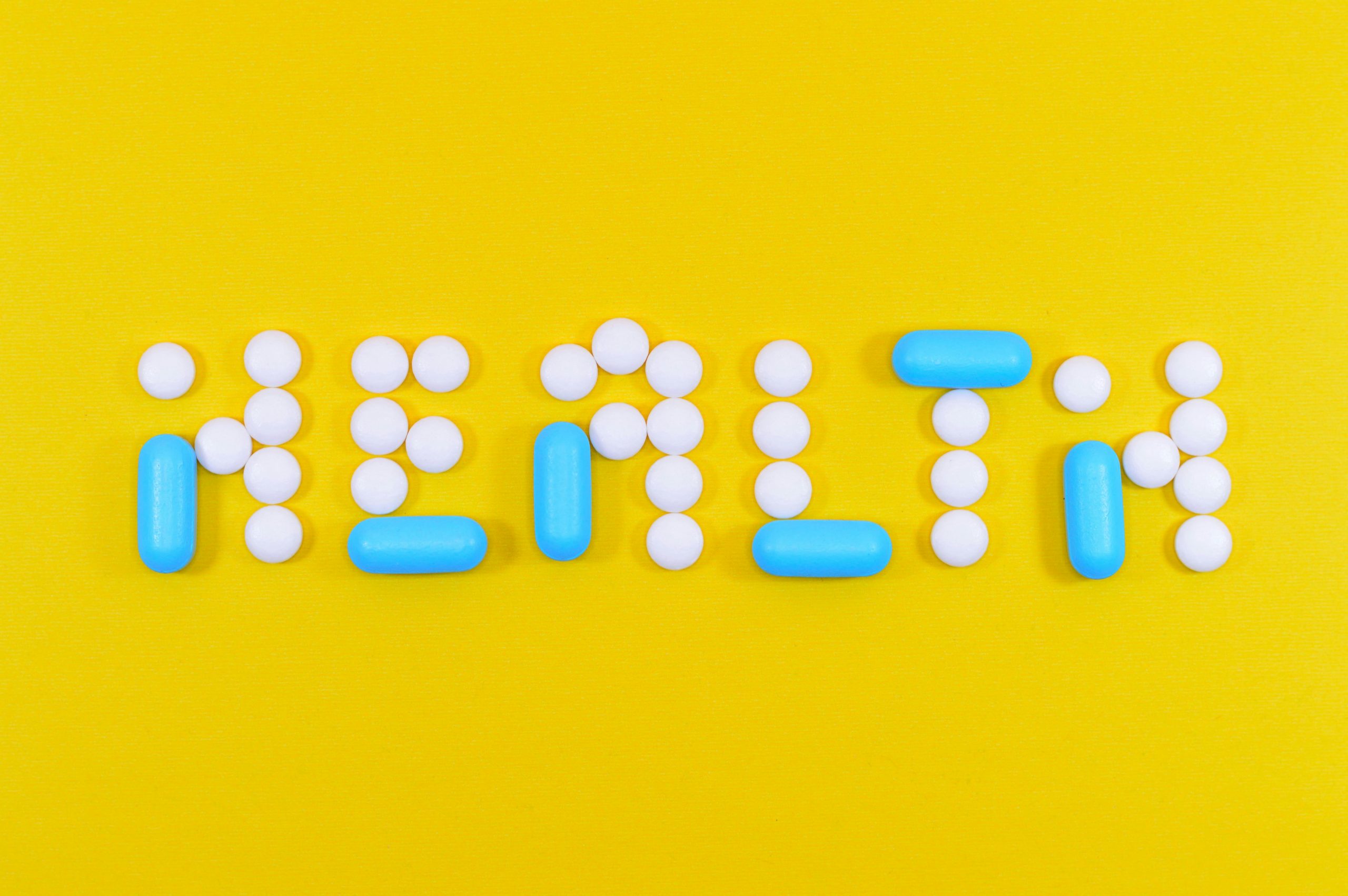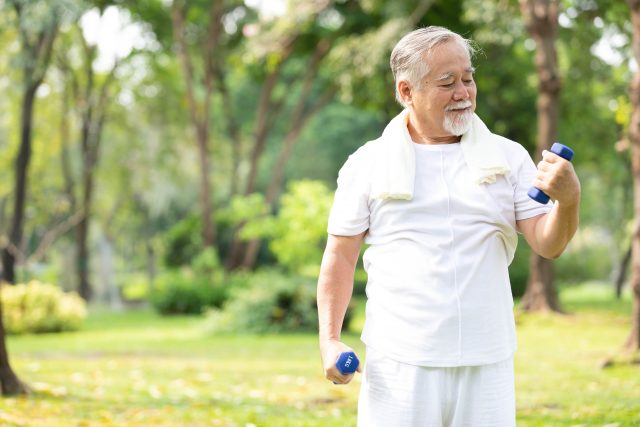I. Introduction
The escalating global prevalence of type 2 diabetes, also known as diabetes mellitus, presents a significant challenge to public health worldwide. In response, many individuals diagnosed with type 2 diabetes are increasingly exploring natural medicine and considering food as medicine as complementary strategies alongside their conventional medical treatments. This growing interest stems from a desire for more holistic approaches and the perception of gentler, potentially more sustainable ways to manage their condition.
Yes, there are several natural approaches that may help manage blood sugar. From what I’ve seen in the sources, incorporating more fiber, such as through vegetables and barley, could be beneficial. Some herbs like cinnamon, fenugreek, and gymnema sylvestre have also shown promise in supporting healthy blood sugar levels. For more detailed information on these and other potential remedies, including how they work and important considerations, please continue reading the full response..
This article aims to explore various herbs and supplements and other plant foods that have been suggested as natural remedies for managing blood sugar levels and related aspects of type 2 diabetes. It is crucial to emphasize from the outset that while these natural approaches may offer potential benefits, they should not replace conventional medical care or delay seeking care if you have health problems.
II. Understanding Type 2 Diabetes
The appeal of natural remedies Type 2 diabetes, arises from a complex interplay of factors, including insufficient physical activity, an imbalanced diet, emotional stress, inadequate sleep, exposure to toxins, and genetic predisposition. A central feature of the condition is insulin resistance, where the body’s cells do not respond effectively to insulin, the hormone that regulates blood sugar. Over time, this can be accompanied by a decline in insulin secretory function, leading to elevated blood glucose levels.
The appeal of natural remedies for individuals with diabetes is multifaceted.
- Many perceive herbal or botanical extracts as being “natural” and thus potentially safer or having fewer side effects compared to pharmaceutical drugs.
- The use of plants for medicinal purposes has a long history, often deeply rooted in cultural traditions. Patients may find comfort in practices that have been part of their heritage for generations.
- Many individuals seek complementary strategies to use alongside their prescribed medications and lifestyle recommendations. They are interested in additional tools that might help them better manage their blood sugar and overall health.
- There is a substantial financial investment by patients in dietary supplements, highlighting their interest in these approaches.
Despite this widespread interest, it is paramount to underscore the importance of consulting with a healthcare professional or doctor before incorporating any herbal products or alternative treatments for diabetes. This consultation is essential to ensure that these remedies do not interfere with existing medications, lead to adverse interactions, or cause other health problems, such as hypoglycemia (dangerously low blood sugar).
III. Exploring Potential Natural Home Remedies for Type 2 Diabetes
Numerous herbs, supplements, and plant foods have been investigated for their potential role in diabetes management. The following section provides an overview of some of these remedies, drawing on the available evidence:
- Aloe Vera:
- Usage: Typically used as a gel extracted from the inner leaf or as juiced pulp added to drinks or taken in capsules.
- Proposed Mechanisms: May help protect and repair the beta cells in the pancreas that produce insulin, possibly due to its antioxidant effects. The gel may contain glucomannan, a water-soluble fiber with reported hypoglycemic and insulin-sensitizing actions.
- Evidence: Some small-scale clinical research trials have suggested an improvement in fasting glucose levels with aloe vera extract. An older review from 2013 suggested potential benefits in rats. A more recent meta-analysis of aloe vera for glycemic control also showed preliminary data suggesting a potential effect, but further validation is needed.
- Safety: Ingesting aloe vera skin care products should be avoided. The sap of the aloe vera leaf can have a laxative effect. Healthcare professionals may need to adjust current medications if aloe vera is used.
- Berberine:
- Source: A botanical found in plants such as goldenseal, barberry, Oregon grape root, and Coptis. While not explicitly detailed in these sources, it is a commonly discussed supplement for blood sugar management. (Note: This information is not directly from the provided sources and may require independent verification.)
- Proposed Mechanisms: Often cited for its potential to decrease blood sugar and HbA1c by improving insulin sensitivity and regulating glucose metabolism. (Note: This information is not directly from the provided sources and may require independent verification.)
- Evidence: Numerous studies (not in these sources) suggest potential benefits. (Note: This information is not directly from the provided sources and may require independent verification.)
- Safety: Caution is advised as it can interfere with the metabolism of pharmaceuticals and is generally not recommended for pregnant women. (Note: This information is not directly from the provided sources and may require independent verification.)
- Cinnamon:
- Usage: The fragrant spice from tree bark used in cooking, baking, or added to warm water as a drink. Can also be taken as a supplement.
- Proposed Mechanisms: May help lower fasting blood glucose levels. Some research suggests it may improve insulin sensitivity. Certain polyphenol type-A polymers in cinnamon have shown insulin-like biological activity.
- Evidence: A 2019 research review suggested that cinnamon helps lower fasting blood glucose levels. However, some questions remain, and scientists need further research. Results can vary depending on the type of cinnamon (e.g., cassia vs. Ceylon) and dosage. Some reviews grouped different types of cinnamon together in their analysis.
- Safety: The NIH advises that “Cinnamon should not be used in place of conventional medical care or to delay seeking care if you have health problems,” particularly for those with diabetes. Cassia cinnamon may be polluted with coumarin in some cases.
- Chromium:
- Usage: An essential trace element often taken as a supplement.
- Proposed Mechanisms: Used in the metabolism of carbohydrates.
- Evidence: Research on its use for diabetes treatment is limited. A 2020 review suggested that chromium supplements may help reduce fasting glucose levels in those with type 2 diabetes.
- Safety: Research is limited.
- Fenugreek:
- Usage: The seeds can be used as an herb in cooking, added to warm water as a drink, ground into a powder for consumption, or taken as a supplement in capsules.
- Proposed Mechanisms: Research shows that people who eat 5 grams per day were four times less likely to develop diabetes. It may reduce the glycemic index and slow down the absorption of sugar. It also has numerous other benefits such as appetite suppression and cholesterol reduction. Fenugreek may also aid in the prevention of some cancers in vitro.
- Evidence: Studies have looked at various preparations and dosages of fenugreek. A clinical evaluation found that fenugreek seeds can affect the glycemic index of food. A 2009 study noted its effects on blood glucose and lipid profiles in type 2 diabetic patients. There is a significant body of research on fenugreek, and a review is currently being updated to provide clearer information on the best preparation and dose.
- Safety: Generally considered safe when used in moderation as a food or spice.
- Gymnema Sylvestre:
- Usage: An herb from India, often used in Ayurvedic medicine. The leaf or its extract is the most commonly used preparation. Can be found in supplements.
- Proposed Mechanisms: Its name means “sugar destroyer”. It contains genemic acid, which can suppress sugar cravings by blocking sugar receptors on the tongue. Bioactive compounds are believed to reduce sugar absorption in the intestines while stimulating insulin production in the pancreas by enhancing insulin secretion. Studies suggest it may improve glucose uptake in peripheral tissues and increase insulin secretion and beta cell number in the pancreas. It may also increase antioxidants, decrease stress, lower cholesterol and triglyceride levels, decrease body weight, inhibit fat accumulation, and lower inflammation.
- Evidence: There are extensive studies in animal models. A 2019 review of cell and rodent studies reported the various potential benefits. However, there has been a paucity of definitive clinical studies to provide clear guidelines on efficacy and safety. Some studies have shown improvements in HbA1c, insulin secretion, and dyslipidemia.
- Safety: Well-designed clinical studies are needed before definitive recommendations can be made.
- Ginger:
- Usage: The root is used as a spice in cooking or can be taken as a supplement.
- Proposed Mechanisms: Studies show it may significantly improve blood sugar control.
- Evidence: A 2017 study showed the effects of ginger on fasting blood sugar, hemoglobin A1c, and lipid profiles in patients with type 2 diabetes. A 2015 systematic review and meta-analysis of randomized clinical trials also found ginger to be effective for treating type 2 diabetes.
- Safety: Generally considered safe in moderate amounts. Caution is advised for pregnant or breastfeeding women and those on blood thinners or blood pressure medication. (Note: This specific caution is not explicitly in these sources but is general knowledge.)
- Bitter Melon (Momordica charantia):
- Usage: A traditional plant of Asian origin, used in various cultures to treat diabetes.
- Proposed Mechanisms: Believed to be due to multiple bioactives, including polypeptide-p, which has a structure similar to animal insulin and is proposed to have glucose-lowering effects. It contains cucurbitane-type triterpenoids, steroidal saponins (“charantins”), insulin-like peptides, and alkaloids that are postulated to affect carbohydrate metabolism.
- Evidence: Clinical results with the use of bitter melon have been inconsistent, with only about half of the studies demonstrating efficacy. There are concerns with study design and statistical analyses. Some studies suggest potential benefits for blood glucose.
- Safety: Controversy exists regarding reported observations.
- Rosemary:
- Usage: A culinary herb often used in cooking, can also be consumed as rosemary tea.
- Proposed Mechanisms: Packed with polyphenols like carnarosic acid and rosemarinic acid, which have insulin-like properties, effectively protecting against hyperglycemia or high blood sugar, as well as hyperlipidemia. May also have anti-anxiety and antidepressant effects, potentially indirectly benefiting blood sugar control by reducing stress.
- Evidence: Scientists found that polyphenols in rosemary have insulin-like properties. One study found that drinking rosemary tea had anti-anxiety and antidepressant effects.
- Safety: Generally safe when used in culinary amounts or as a tea.
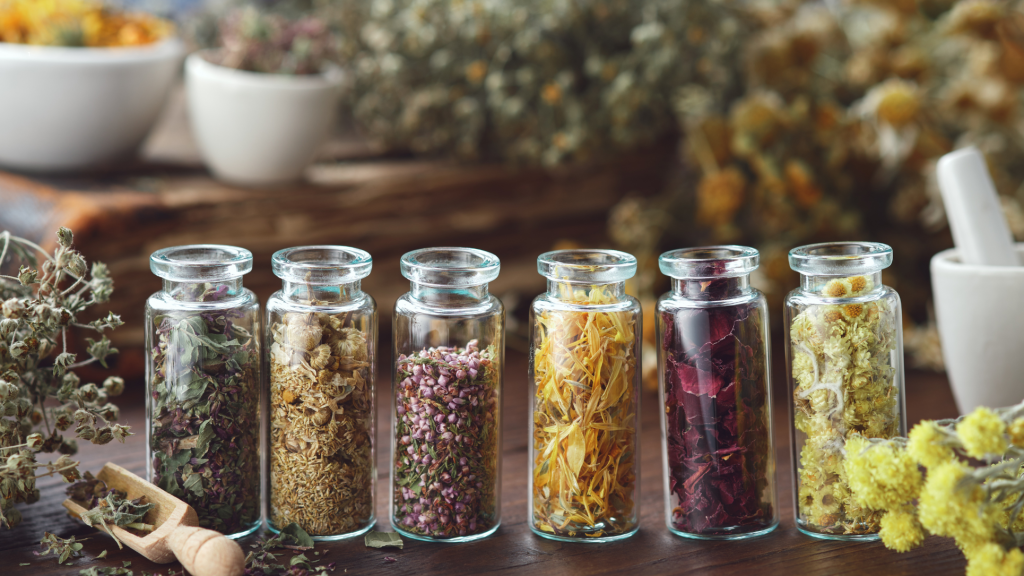
- Tulsi (Holy Basil):
- Usage: Often consumed as a tea or in supplements.
- Proposed Mechanisms: Has been shown to support the detoxification process, which may indirectly benefit glucose metabolism.
- Evidence: Research suggests its role in detoxification.
- Safety: Generally considered safe.
- Russian Tarragon (Artemisia dracunculus L.):
- Usage: An ethanolic extract has been studied.
- Proposed Mechanisms: Bioactives in the extract may inhibit enzymes involved in glucose production and improve insulin signaling in muscle, enhancing whole-body insulin sensitivity.
- Evidence: Preclinical studies in animal models showed antidiabetic properties. A pilot human trial in insulin-resistant subjects suggested that the extract enhanced insulin sensitivity compared to baseline in the treatment group, but the change was not significantly different from the placebo group.
- Safety: The pilot study did not report any changes in body weight or body fat composition.
- Garlic (Allium sativum):
- Usage: A widely used culinary herb.
- Proposed Mechanisms: Traditionally used for various benefits, including as an antithrombotic, antihypertensive, cholesterol-lowering, and antioxidant agent. Proposed mechanisms for lowering blood pressure include modulating nitric oxide production and inhibiting angiotensin-converting enzyme (ACE) activity.
- Evidence: A meta-analysis of clinical studies suggested that individuals treated with garlic had better outcomes in terms of blood pressure, especially in hypertensive individuals.
- Safety: Variability in clinical results may stem from differences in garlic preparations.
- Milk Thistle:
- Usage: Often taken as a supplement containing silymarin extract. (Note: Information not detailed in these sources but commonly known.)
- Proposed Mechanisms: Has antioxidant and anti-inflammatory properties that may be beneficial for diabetes and liver health. (Note: Information not detailed in these sources but commonly known.)
- Evidence: Some studies (not in these sources) suggest potential benefits for blood sugar control, but more research is needed. (Note: Information not detailed in these sources but commonly known.)
- Safety: Generally considered safe, but can interact with some medications. (Note: Information not detailed in these sources but commonly known.)
- Alpha-Lipoic Acid (ALA):
- Usage: Taken as a supplement.
- Proposed Mechanisms: A potent antioxidant that may reduce oxidative stress, improve neuropathic symptoms, and decrease fasting plasma glucose (FPG).
- Evidence: Research suggests potential benefits, but more is needed.
- Safety: Needs to be taken with caution as it has the potential to lower blood sugar levels to dangerous levels.
- Green Tea:
- Usage: Consumed as a beverage or in extract form. (Note: Information not detailed in these sources but commonly known.)
- Proposed Mechanisms: Contains compounds that may improve insulin sensitivity and have antioxidant effects. (Note: Information based on general knowledge and).
- Evidence: Research suggests potential benefits for preventing and managing diabetes mellitus and diabetic complications.
- Safety: Generally safe in moderate amounts. (Note: Information based on general knowledge.)
It is important to remember that “natural” does not automatically equate to “safe” or “effective”.
IV. Important Considerations and Safety Guidelines
While the prospect of using natural remedies for type 2 diabetes is appealing, several critical considerations and safety guidelines must be kept in mind.
- Lack of Consistent and Definitive Evidence: Despite the long history of use for many botanicals, there is a paucity of definitive clinical data that consistently demonstrates significant improvement in carbohydrate metabolism in humans. Many studies have limitations in design, sample size, and standardization. More rigorous, large-scale clinical trials in diverse populations are necessary to confirm efficacy and establish clear recommendations.
- Quality and Regulation: The Food and Drug Administration (FDA) in the United States does not regulate herbs and supplements with the same rigor as pharmaceutical drugs. This can lead to significant variability in product quality, potency, dosage, purity, and potential contamination. It is crucial to select brands of natural products carefully. When choosing products, read labels for the herb’s common and scientific name, manufacturer information, batch and lot number, expiration date, dosage guidelines, and potential side effects. Look for products that have undergone third-party testing for quality and purity, if possible.
- Potential Drug Interactions: Herbs and supplements can interact with conventional diabetes medications. These interactions can be dangerous, potentially leading to hypoglycemia (low blood sugar) if a natural remedy enhances the effect of glucose-lowering drugs, or reducing the effectiveness of prescribed medications if they interfere with their absorption or metabolism. It is absolutely critical to inform your doctor about any herbs or supplements you are taking or considering taking. This will allow your healthcare provider to monitor for potential interactions and adjust your treatment plan if necessary.
- Individual Variability: The way individuals respond to natural remedies can vary significantly. Factors such as genetics, overall health status, the specific dosage and preparation of the remedy, and even individual metabolism can influence the effects experienced. What works for one person may not work for another, and some individuals may experience side effects that others do not.
- Lifestyle as a Cornerstone: It is essential to remember that a healthy lifestyle, encompassing a nutritious, balanced diet, regular physical activity, maintaining a healthy weight, and effective stress management, remains the cornerstone of type 2 diabetes management. Natural remedies should be viewed as potential supportive tools to complement these fundamental lifestyle modifications and conventional medical treatment, not as replacements for them.
- Beware of Misleading Claims: Be cautious of exaggerated or unsubstantiated health claims made about natural remedies. If a product or treatment sounds “too good to be true,” it likely is. Rely on information from reputable, scientific-based sources and be wary of anecdotal evidence or testimonials without scientific backing.
V. The Role of Research and Future Directions
Research into the potential of botanicals for diabetes is ongoing. Scientists are actively investigating the efficacy and mechanisms of action of various plants and their extracts. Future research needs to focus on:
- Conducting more rigorous, well-designed, large-scale clinical trials in human subjects to confirm preliminary findings and address inconsistencies in existing research.
- Standardizing research methodologies, including the types of preparations used (e.g., specific extracts, whole herbs), dosages, and durations of treatment.
- Investigating the long-term effects and safety of natural remedies for diabetes.
- Exploring the potential for synergistic effects when herbal remedies are used in combination or alongside conventional treatments.
- Conducting research in diverse populations and geographical locations to ensure the generalizability of findings.
- Further elucidating the precise mechanisms of action of bioactive compounds found in plants and how they affect glucose metabolism, insulin sensitivity, and other relevant pathways.
The updated review on fenugreek, for example, aims to provide clearer information on the best preparation and dose. Collaborations with researchers in different countries, like China, are contributing to this growing body of knowledge.
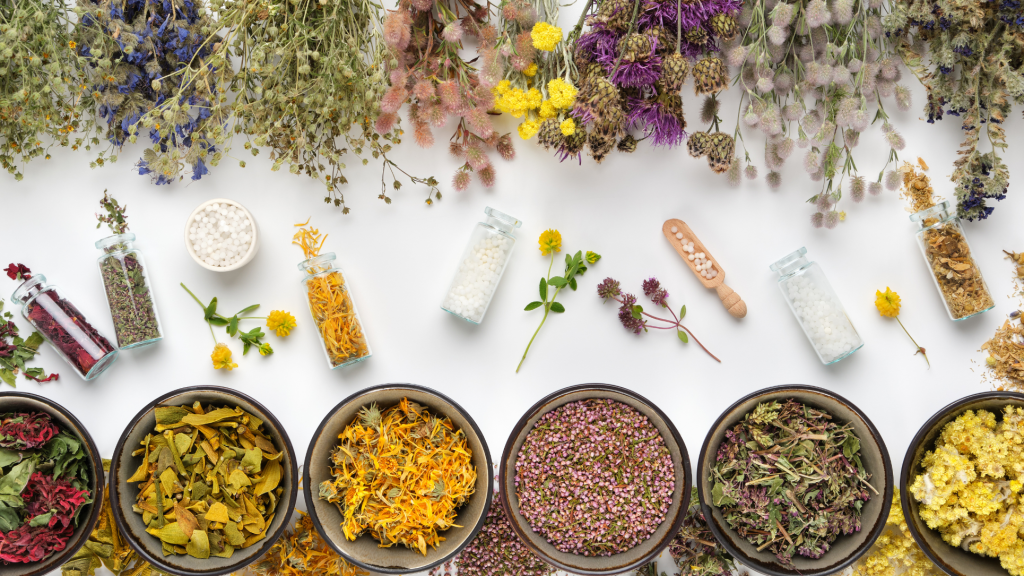
VI. Conclusion
While numerous natural home remedies have been suggested for type 2 diabetes, the scientific evidence supporting their widespread use as primary treatments remains limited and often inconsistent. Many herbs, supplements, and plant foods show promise and have a long history of traditional use, but more rigorous clinical research is needed to definitively establish their efficacy and safety for diabetes management in humans.
Natural remedies may have a potential role as complementary therapies when used cautiously, with a clear understanding of the available evidence, and under the guidance of a healthcare professional. It is crucial for individuals with type 2 diabetes to prioritize conventional medical care, adopt a healthy lifestyle, and maintain open communication with their doctors about all aspects of their treatment, including the use of any natural or alternative therapies. This collaborative approach is essential for the effective and safe management of type 2 diabetes and the prevention of long-term complications.
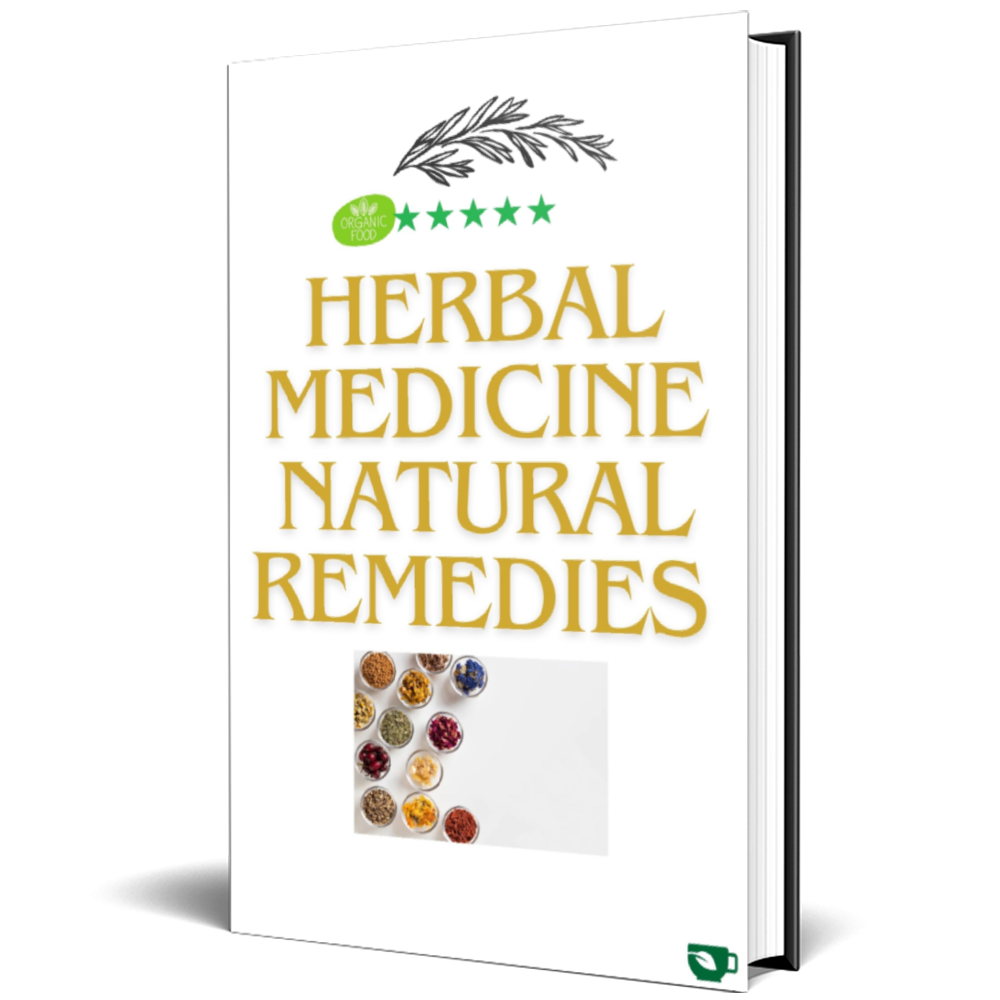
The Plants You Should Add To Your Meal’s For Strength, Health & Vitality!
